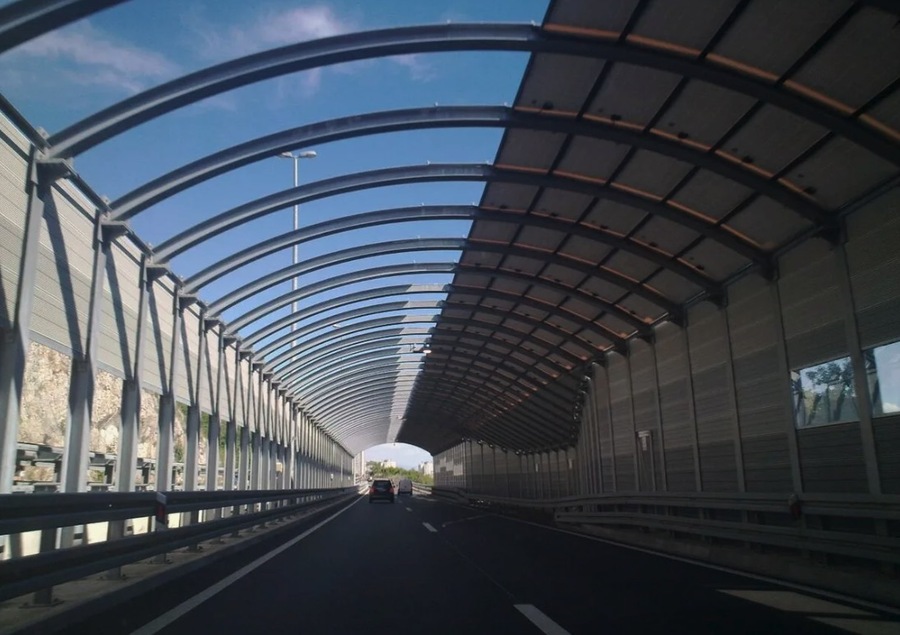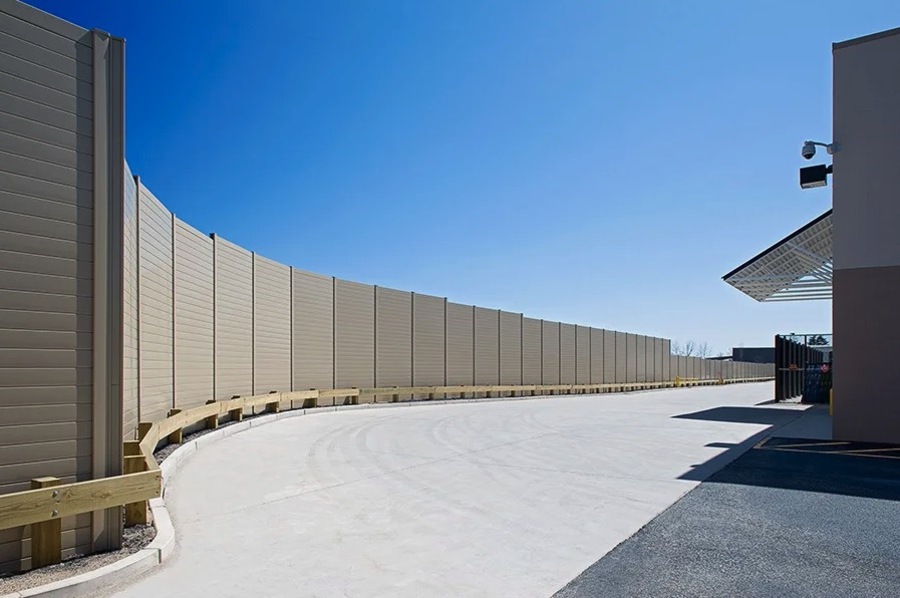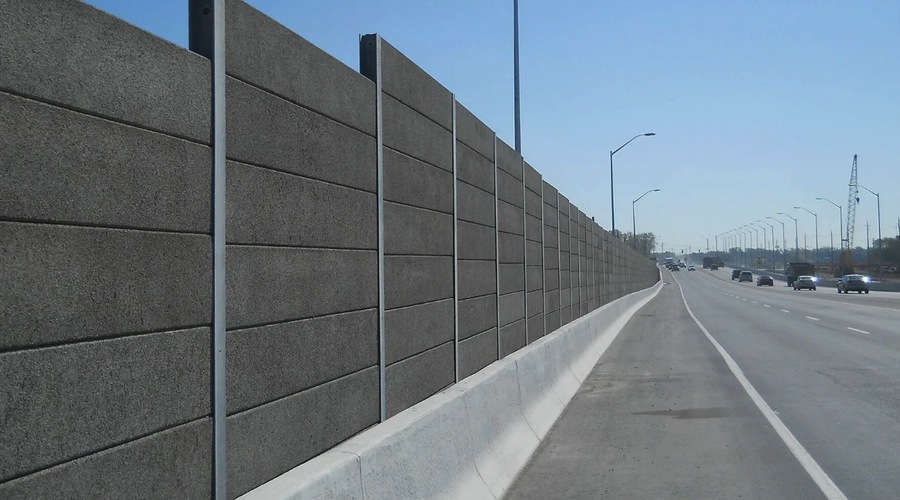Effective noise control in vehicles is crucial for enhancing driving comfort and safety. In the UAE, particularly in urban centers like Dubai, managing vehicle noise is vital due to high traffic density and the need for a serene driving environment. This article compares car sound barriers with other vehicle noise control solutions, providing a detailed analysis of their effectiveness, impact, and future trends.
Overview of Car Sound Barriers
Car sound barriers are designed to absorb and deflect external noise, improving the acoustic environment within the vehicle. These barriers are made from advanced materials like multi-layer composites and acoustic laminates, which are effective in dampening various frequencies. Sound barriers can be integrated into different parts of the vehicle, such as doors, floors, and panels, creating a quieter and more pleasant driving experience.
Other Vehicle Noise Control Solutions
Soundproofing
Soundproofing involves using materials that block sound from entering the vehicle cabin. These materials include heavy mats, foams, and insulators that are typically installed in the vehicle’s body panels. Soundproofing is effective in reducing airborne noise but can add significant weight to the vehicle, impacting fuel efficiency and performance.
Active Noise Cancellation
Active noise cancellation (ANC) uses electronic systems to counteract unwanted noise. Microphones inside the vehicle detect ambient noise, and the system generates sound waves that are the exact opposite, effectively canceling out the noise. ANC is highly effective for low-frequency sounds but less so for higher frequencies. It requires sophisticated technology and is generally more expensive.
Acoustic Insulation
Acoustic insulation involves installing insulating materials within the vehicle to reduce noise transmission. These materials are often lightweight and effective in absorbing sound, making them suitable for reducing both airborne and structural noise. Acoustic insulation is commonly used in conjunction with other noise control methods to enhance overall effectiveness.
Vibration Dampening
Vibration dampening methods focus on reducing noise generated by vibrations within the vehicle. This includes using damping materials on the vehicle’s frame and components to minimize the transmission of vibrational noise. Vibration dampening is particularly effective for reducing noise from the engine and road surfaces.

Comparative Analysis
Effectiveness in Reducing Noise Levels
Car sound barriers are highly effective in reducing a broad spectrum of noise frequencies, providing a quieter cabin environment. Soundproofing materials are also effective but can be less efficient due to the added weight. ANC excels at eliminating low-frequency noises but may not fully address higher frequencies. Acoustic insulation and vibration dampening are effective for specific types of noise and are often used in combination for best results.
Impact on Vehicle Weight and Fuel Efficiency
Sound barriers and acoustic insulation are designed to be lightweight, minimizing their impact on vehicle performance. In contrast, traditional soundproofing materials can add significant weight, reducing fuel efficiency. ANC systems have a minimal impact on weight but require additional electronic components.
Installation Complexity and Cost
Sound barriers and acoustic insulation are relatively easy to install and cost-effective. Soundproofing can be more labor-intensive and costly due to the extensive materials required. ANC systems are the most expensive option due to the advanced technology involved. Vibration dampening methods vary in complexity and cost depending on the specific application.
Maintenance and Durability
Car sound barriers and acoustic insulation materials are durable and require minimal maintenance. Soundproofing materials can degrade over time, especially if exposed to moisture or extreme temperatures. ANC systems, while durable, require regular maintenance of electronic components to ensure functionality. Vibration dampening materials are generally long-lasting but may need replacement if subjected to high levels of wear and tear.

Future of Vehicle Noise Control
Innovations in vehicle noise control continue to evolve, with hybrid solutions combining multiple methods showing promise. For instance, integrating ANC with sound barriers and acoustic insulation can provide comprehensive noise reduction. As car manufacturers and urban planners continue to innovate, the future of vehicle noise control looks set to deliver quieter, safer, and more comfortable driving experiences.
Conclusion
In conclusion, while each noise control solution has its advantages and drawbacks, car sound barriers offer a balanced approach to reducing noise without significantly impacting vehicle performance or cost. By combining sound barriers with other methods like ANC and acoustic insulation, vehicles can achieve optimal noise reduction, contributing to a more comfortable and safer driving environment in the urban landscapes of Dubai and beyond.

Biker, doer, guitarist, Eames fan and TDC honorary member. Performing at the fulcrum of art and computer science to craft meaningful ideas that endure. Let’s chat.
